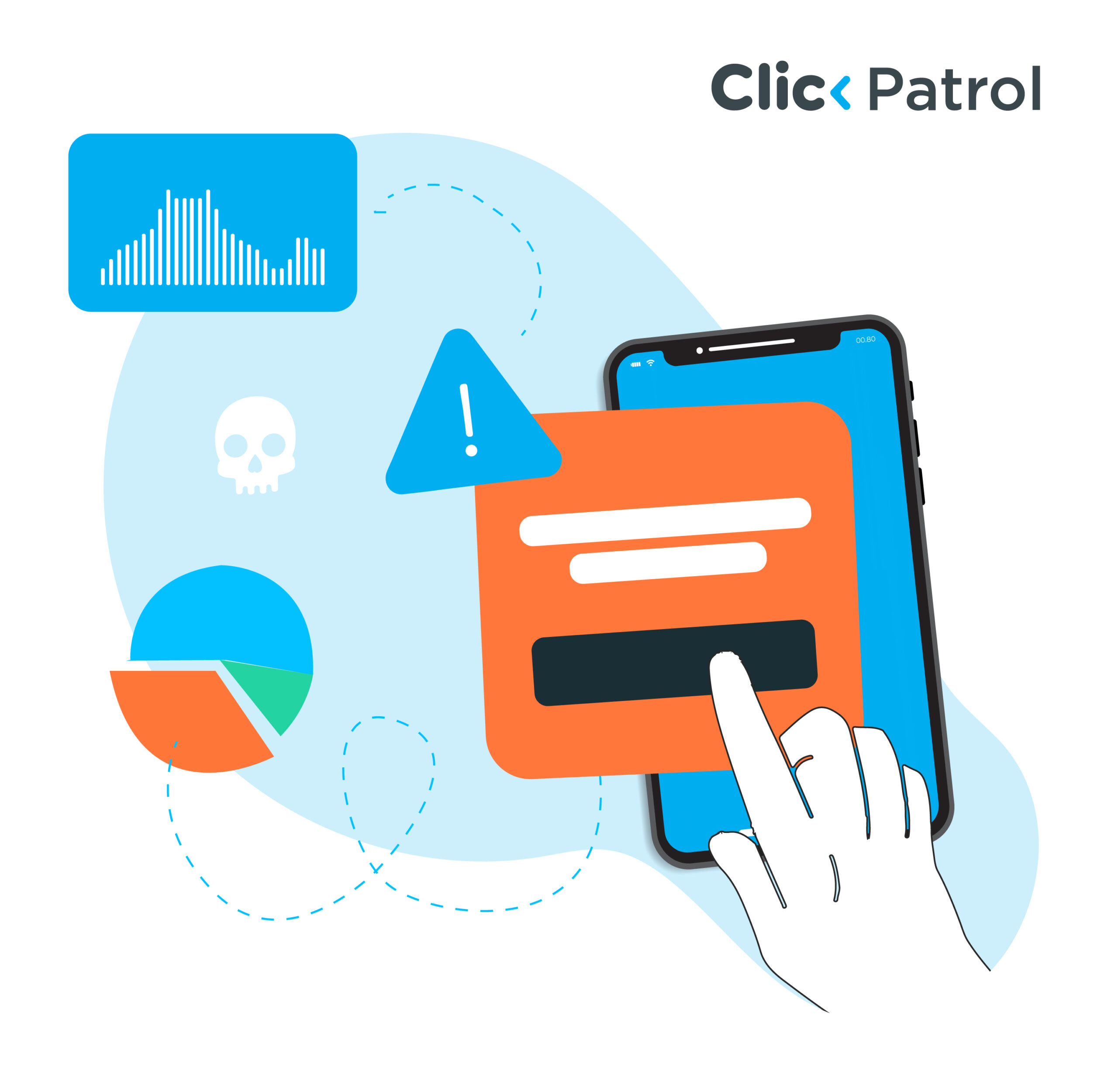HubSpot offers various security features.
However, no system can guarantee 100% protection against all bot attacks.
Abisola Tanzako | Aug 29, 2024

One thing marketers often overlook is getting bot protection tools for HubSpot forms. CRM systems are crucial resources for digital marketers, as they facilitate the management of both existing and potential customer contacts.
These systems help with connection building, communication, sales supervision, and customer data management. Businesses can also access additional applications and connect to social media platforms within the CRMs.
HubSpot is one of the major CRM platforms with extensive marketing features. Its tools, such as HubSpot forms, enable businesses to create forms that collect data from website visitors.
However, CRM systems that handle such data are vulnerable to bot attacks, and HubSpot forms are no exception. This article provides factors that can indicate bot activity, along with preventive measures to help safeguard your HubSpot forms from bot threats.
Although HubSpot already has security measures in place, bot attacks can still impact its HubSpot forms, just like any other web-based entry system.
If bots are not adequately protected, they can constantly submit invalid forms, which might cause several problems for businesses. HubSpot forms can be vulnerable to bot attacks for several reasons, including:
Lack of CAPTCHA systems in HubSpot forms is a severe vulnerability. Without CAPTCHA implementation, bots can easily submit forms to flood databases with invalid or spam entries.
These are essential security measures. They help limit the number of form submissions from a single IP address. Bots can exploit a form with such a vulnerability by submitting multiple forms simultaneously, resulting in data skewing, server overload, and potential denial-of-service (DoS) attacks.
HubSpot forms without user input validation are vulnerable to bot attacks. Bots can insert invalid scripts, SQL queries, or other malicious data into form fields, potentially compromising the form’s integrity and the linked database.
When HubSpot forms have common or predictable field names and structures, it’s easy for Bots to automate form submissions. Bots can mimic and fill these standard fields, making it difficult for businesses to differentiate between entries created by bots and genuine user inputs.
When companies using HubSpot forms ignore the use of browser fingerprints, they lose an essential level of bot detection. Browser fingerprinting is an extra verification step; its absence can make forms vulnerable to bot attacks.
Sophisticated bots can imitate human actions, but they cannot accurately imitate the fingerprint of a real browser.
To keep HubSpot forms functional and accurate, bot prevention is essential. Without implementing proper safety measures, HubSpot forms data are at risk of bot attacks:
For a business to gain accurate and valuable information, bot protection is essential. Bots can enter false data into the database, changing the statistics and lowering the quality of leads.
Take protective measures to ensure the accuracy of marketing and sales activities.
By taking preventive measures, businesses can ensure their servers and databases stay calm, protecting processing power and ensuring high performance for authorized users.
Bot protection can serve as a barrier, saving time, safeguarding your brand, and significantly reducing the risk of spam that reaches the team or customers.
Screening out Bot submissions helps guarantee that the sales team is working with genuine, qualified leads. This boosts conversion rates, increases productivity, and eventually enhances the return on investment for your marketing and sales initiatives.
Implementing bot protection on HubSpot forms can help enhance security, secure confidential data, and shield a company against security breaches.
Bots can impact HubSpot forms by decreasing the efficacy of marketing campaigns and causing losses for organizations by interfering with HubSpot form submissions:
Bots can quickly fill out forms with irrelevant or harmful information, resulting in spam overload, which makes it challenging to identify and respond to legitimate leads, potentially blocking databases.
Bot attacks can reduce productivity and demoralize a company’s team by wasting time and money chasing possibilities that never exist.
Bot activity can significantly impact a business by skewing lead generation and performance KPIs. Therefore, it results in inappropriate marketing plans and predictions based on false information, which costs money and wastes opportunities.
When bots have access to HubSpot form submissions, they have the potential to artificially inflate the contact list. Therefore, forcing a business into more expensive price levels when there is no actual benefit to the organization.
Bots can generate multiple automated form submissions, which can stress a HubSpot instance and website.
Organizations can help identify and guard against bot activity forms by monitoring HubSpot forms for bot indicators. Here are a few indicators to watch for:
Protecting your HubSpot forms is crucial to maintaining data integrity, generating high-quality leads, and safeguarding your marketing efforts. Here’s how:
Safeguarding HubSpot forms from bot attacks is essential; it helps maintain data quality, save resources, and ensure the efficacy of marketing and sales campaigns.
It reduces the likelihood of bot-related issues by actively monitoring for the listed indicators and implementing the above safeguards. Bot technologies are constantly evolving, and protecting against them is an ongoing task.
To keep your forms secure and functional, regularly examine and update security measures, stay current with emerging risks, and fully utilize HubSpot’s evolving security capabilities.
HubSpot offers various security features.
However, no system can guarantee 100% protection against all bot attacks.
Yes, measures like CAPTCHA can impact the user experience.
However, many protection strategies work without affecting legitimate users.
It is essential to strike a balance between security and usability.
Yes, CAPTCHA can be effective with many bots.
However, sophisticated bots can sometimes bypass it.
This is why it is essential to implement a multi-layered approach for bot protection.